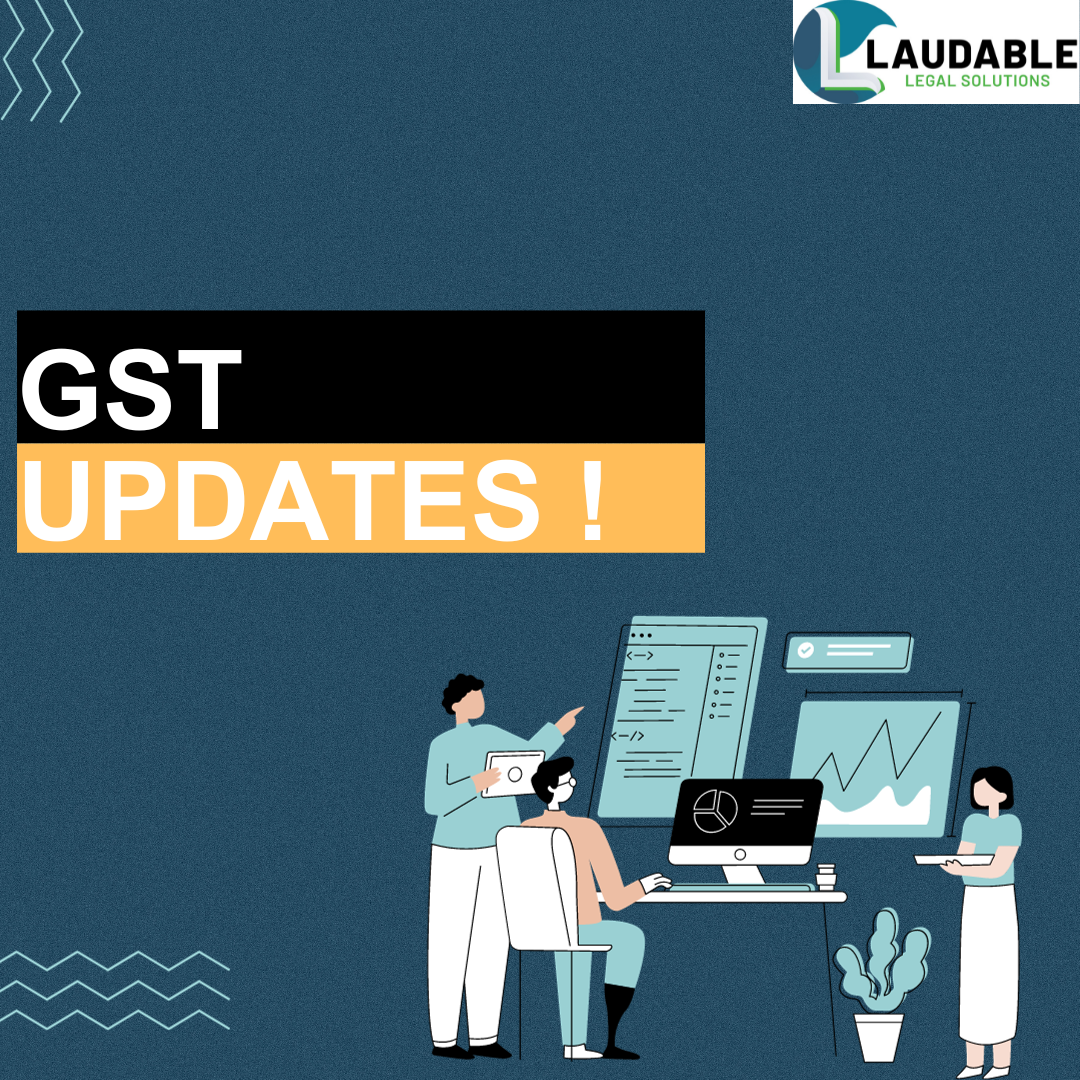

Publish Date: November 16, 2023
In the intricate landscape of Indian taxation, the Goods and Services Tax (GST) has been a paradigm shift, reshaping how businesses function across the nation. ITC is the lifeline of GST, enabling smooth credit flow for a fair and efficient taxation process.

Section 16(2) (aa) of the CGST Act 2017:
Section 16(2) of the CGST Act, 2017, introduced an additional condition for claiming ITC from January 1, 2022. ITC claim requires supplier’s GSTR-1 details communicated, reflected in recipient’s GSTR-2B.
Notification No. 14/2022 and Circular No. 170/02/2022-GST introduced changes to FORM GSTR-3B, focusing on ITC in Table 4. Guidelines were provided for reporting ITC in the amended GSTR-3B through the circular.
While discussions abound on the reporting impact of these amendments in GSTR-3B, it is equally crucial to deliberate on their impact on GSTR-9 (Annual Return) and another ITC-related event for F.Y. 2022-23.

As per the amendment outlined in section 16(2)(aa) of the CGST Act, 2017, ITC can be claimed in GSTR-3B only if the same is reflected in GSTR-2B of the recipient. If the ITC of Jan 2022 – Mar 2022 gets reflected in GSTR-2B of F.Y. 2022-23, the same can be claimed in F.Y. 2022-23 only.
| Table 4 of GSTR-3B | Reporting Methodology |
| (A) ITC Available (whether in full or part) |
|
| (1) Import of goods | Auto-populated from GSTR-2B |
| (2) Import of services | Manual Entry |
| (3) Inward supplies liable to reverse charge (other than 1 & 2 above) | Auto-populated from GSTR-2B for registered persons + Manual entry for RCM on URD supplies. |
| (4) Inward supplies from ISD | Auto-populated from GSTR-2B |
| (5) All other ITC | Auto-populated from GSTR-2B |
| (B) ITC Reversed | |
| (1) As per rule 38,42 and 43 of the CGST Rules and Section 17(5) |
|
| 2) Others |
|
| (C) Net ITC Available | |
| (A) – (B) | |
| (D) Ineligible ITC | Report all reclaimable ITC/temporary ITC reversals due to Rule 37, Sec.16(2)(b), and Sec.16(2)(c). However, note that ITC (excluding credit notes) reclaimed in subsequent GSTR-3B should be added in Table 4(A)(5) and reported in 4(D)(1) because of procedural requirements. |
| (1) ITC reclaimed which was reversed under Table 4(B)(2) in earlier tax periods | Reporting of ITC re-claimed in Table 4(A)(5) which was reversed in Table 4(B)(2) of GSTR-3B in earlier periods. |
| (2) Ineligible ITC under section 16(4) and ITC restricted due to POS provisions | ITC restricted by Section 16(4) for being reported by the supplier after 30th November of the following year. ITC is restricted due to the place of supply (POS) rules. |
In GSTR-9, taxpayers must bifurcate the Gross ITC availed in GSTR-3B, reporting B2B ITC claimed in Table 6B. This amount automatically populates Table 8B for comparison with Table 8A (auto-populated from GSTR-2A).
